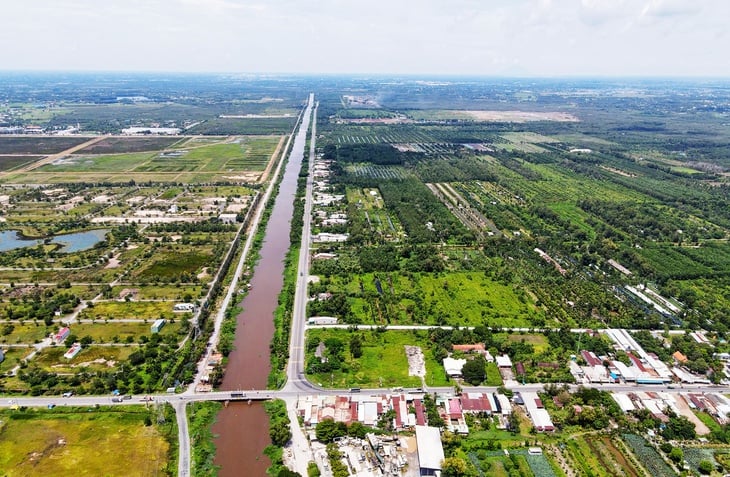
The route of the beltway 4 area passes through Cu Chi district (HCMC) bordering Long An (new Tay Ninh) - Photo: CHAU TUAN
"Ring Road 4 is a project of special importance, in line with the urban planning orientation of the Southeast region after the merger, helping to complete the belt system for Ho Chi Minh City. This is not only a traffic route but also a new development axis for Ho Chi Minh City and the entire Southern region. From here, the whole region will expand strong connections, develop more balanced and modern" - Mr. Lam emphasized.
* Sir, when the administrative boundaries are arranged, the expanded Ho Chi Minh City will be a megacity. What will be the role of the 4th beltway in shaping the multipolar urban spatial structure and promoting strategic connections between satellite cities?

Mr. Tran Quang Lam, acting director of Ho Chi Minh City Department of Construction
- Ring Road 4 is the last belt road approved for investment in the planned belt road system of Ho Chi Minh City region.
This is also the longest route, with the largest scale and total investment ever in the Southern key economic region in particular and the South in general.
With a length of about 207km, passing through five provinces and cities including Ho Chi Minh City, Ba Ria - Vung Tau , Binh Duong, Dong Nai and Long An (after the merger, it will pass through three more provinces and cities including Ho Chi Minh City, Dong Nai and Tay Ninh), associated with a new model, new vision and new development space planning.
This is an inter-regional expressway, connecting with radial expressways, thereby forming a complete traffic system connecting with provinces in the Southeast, South Central, Southwest, Central Highlands regions and connecting with Cambodia.
The road helps connect satellite cities of Ho Chi Minh City with the key economic zone in the South; connects the seaport system (including Cai Mep - Thi Vai, Can Gio international transit port, Hiep Phuoc port and Long An international port), the dry port system (ICD), inland waterway ports, industrial parks, export processing zones to form an industrial belt.
This will contribute to improving the capacity of transporting import and export goods, reducing logistics costs; promoting import and export activities and attracting investors. This will create a great impetus to promote socio-economic development in the areas the route passes through and the entire Southern key economic region.
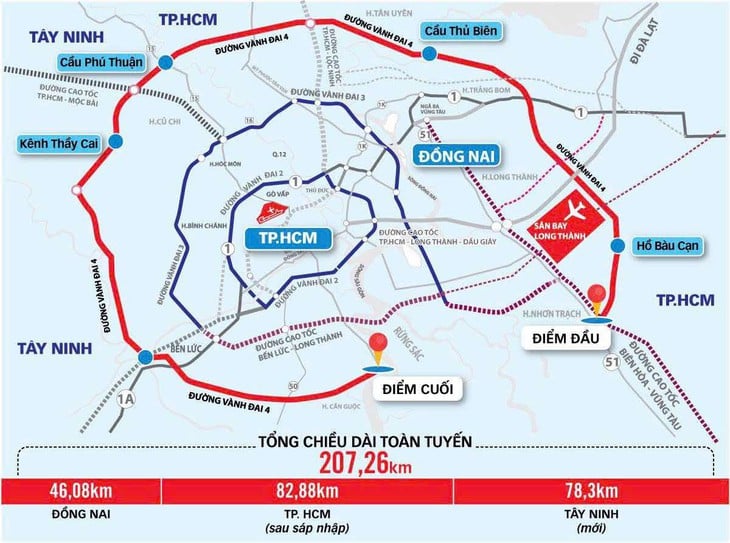
Overview of the scale of Ho Chi Minh City's Ring Road 4 (Data: CHAU TUAN - Graphics: TAN DAT)
* So, the approval of the investment policy for the Ring Road 4 project will have great resonance with the merger of provinces and cities, especially in the Southeast?
- The National Assembly approved the investment policy for the Ring Road 4 project in a very special context: The revolution of streamlining the organizational apparatus and merging provincial administrative boundaries is taking place very urgently; the planning of the Southeast region and the planning of provinces and cities were approved at the end of 2024 and especially the Project to adjust the planning of Ho Chi Minh City to 2040, with a vision to 2060, has just been approved by the Prime Minister with a new vision - a multi-center urban area, connecting and promoting the role of a regional center.
The spatial structure of Ho Chi Minh City develops into six sub-zones, the spatial organization of the sub-zones is linked to the organization of the public transport system, creating traffic corridors and developing the urban economy.
We can imagine that by 2030, along with the closing of Ring Road 2, the completion of Ring Road 3 and Ring Road 4, the vertical and horizontal highways and the upgraded and renovated national highway system and urban main axes will form a strategic transport infrastructure framework not only for Ho Chi Minh City but also for the entire region to take off and develop.
Ho Chi Minh City is honored to be the "conductor"
* Ho Chi Minh City was assigned to take the lead in preparing the project, so what are the special features when implementing this project?
- First of all, we must talk about the very important role of the leaders of Ho Chi Minh City with high determination, leading and coordinating the provinces as well as promptly working directly with central agencies to clarify the project contents, as a basis for the Government to unify and submit to the National Assembly for decision on the project investment policy at a very meaningful time.
Since 2021, the Prime Minister has assigned localities as competent authorities to organize the preparation of pre-feasibility study reports for independent component projects in each locality.
However, the implementation process encountered difficulties in terms of capital, synchronization in scale, technical standards, investment methods, implementation progress, operation and exploitation... affecting the investment process of Ring Road 4.
Therefore, the Ministry of Transport (now the Ministry of Construction) and localities agreed to report to the Government. The Prime Minister assigned the Ho Chi Minh City People's Committee as the competent authority to preside over and take the lead in reviewing and preparing a pre-feasibility study report for this overall project.
The Ho Chi Minh City People's Committee has assigned the Department of Transport (now the Department of Construction) to be the project investor; to coordinate and provide general guidance to complete the overall project dossier to submit to competent authorities. It can be said that this is an honor for Ho Chi Minh City, including the city's transport sector.
5 special mechanisms, especially for the project
According to Mr. Tran Quang Lam, many specific and special mechanisms are applied in the Ho Chi Minh City Ring Road 4 project, including:
1. Promote decentralization and delegation of authority to local authorities, local authorities are responsible for:
- For investment component projects in the form of public investment: The order, procedures, appraisal authority and investment decision are implemented similarly to those for group A projects according to the provisions of the law on public investment.
- For investment component projects under the public-private partnership (PPP) method, the provincial People's Committee organizes appraisal and decides on investment. During the time the National Assembly is not in session, the National Assembly assigns the National Assembly Standing Committee to consider and decide on adjusting the project investment policy.
2. Be assigned to bid for consulting, non-consulting, consulting packages for planning adjustment, construction of infrastructure for resettlement areas to serve site clearance. The order and procedures for performing the assigned bid shall comply with the provisions of the law on bidding.
3. Reduce architectural competition procedures, speed up project progress, specifically, bridges from level II and above and urban traffic intersections do not have to compete for architectural plans.
4. Flexibility in adjusting investment forms: Ho Chi Minh City and Dong Nai province are allowed to report to the People's Councils at the same level, while Tay Ninh Provincial People's Committee reports to the Government to submit to the National Assembly or the National Assembly Standing Committee (in the case between two National Assembly sessions) for consideration and decision to switch to public investment in the case of component projects invested under the public-private partnership method facing difficulties in capital sources and unable to select investors.
5. Specific mechanisms to cut down on procedures related to mining, shorten time, and speed up the supply of common construction materials for the project.
Source: https://tuoitre.vn/phe-duyet-dau-tu-vanh-dai-4-tp-hcm-truc-phat-trien-moi-cua-sieu-do-thi-20250628093144227.htm







![[Photo] The drum beats to open the new school year in a special way](https://vphoto.vietnam.vn/thumb/1200x675/vietnam/resource/IMAGE/2025/9/5/b34123487ad34079a9688f344dc19148)
![[Photo] Opening ceremony of "Digital Citizenship - Digital School" and commitment to civilized behavior in cyberspace](https://vphoto.vietnam.vn/thumb/1200x675/vietnam/resource/IMAGE/2025/9/5/222ec3b8892f443c9b26637ef2dd2b09)
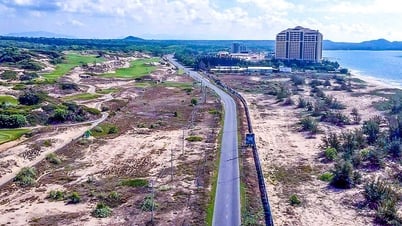
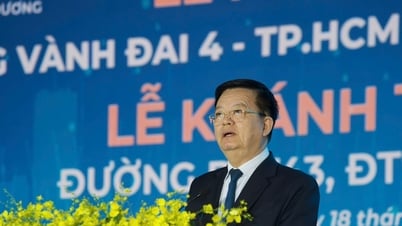





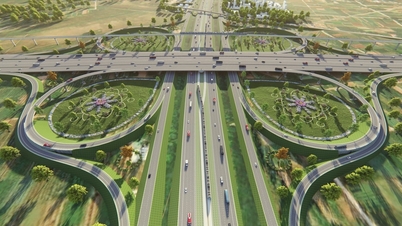

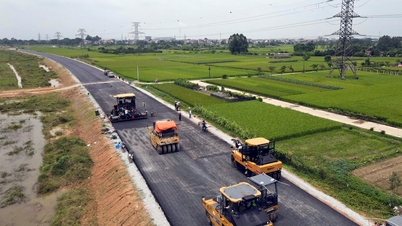





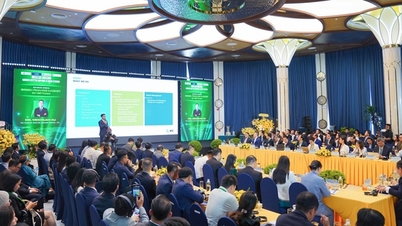


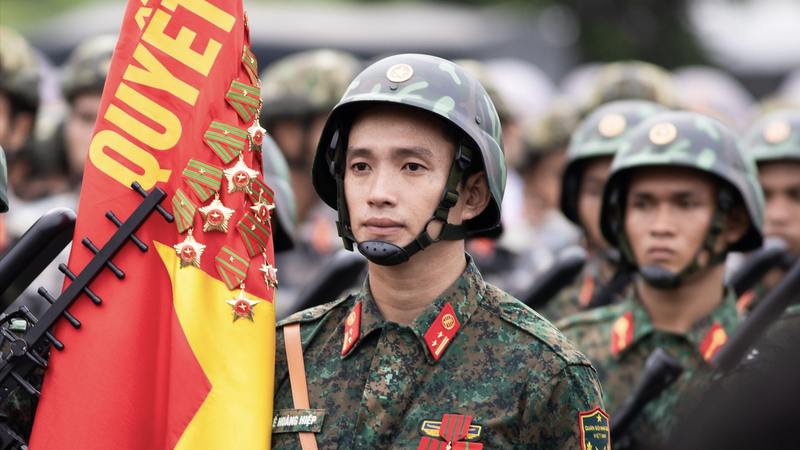


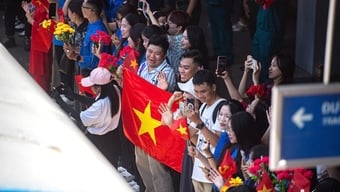

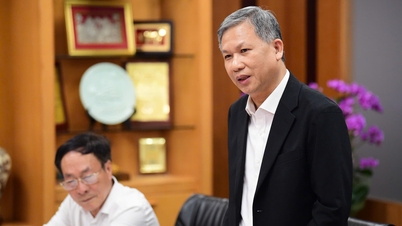





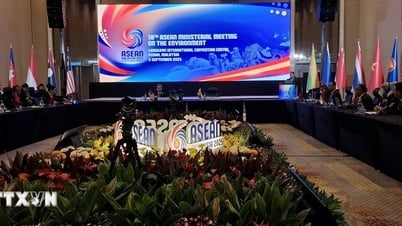















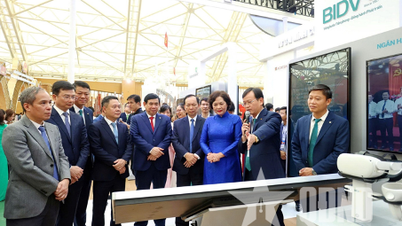

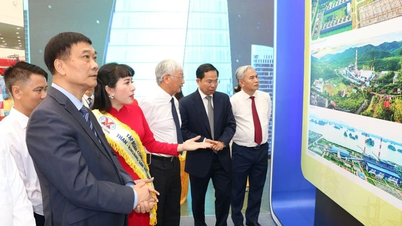











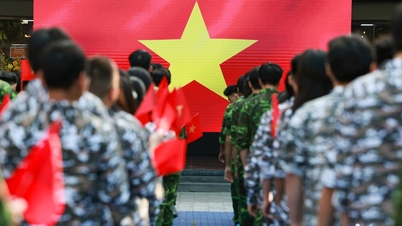

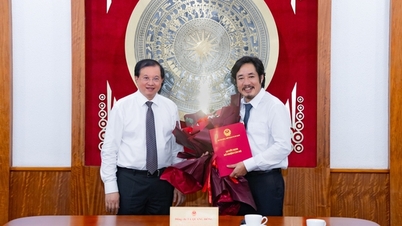








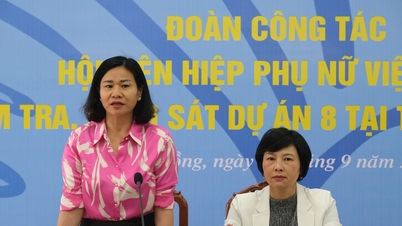

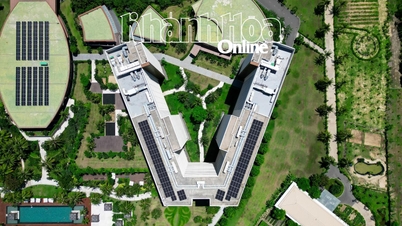

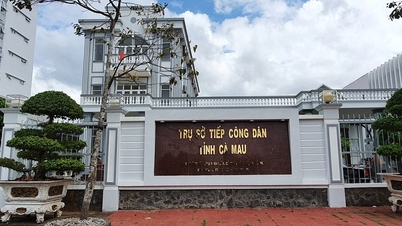













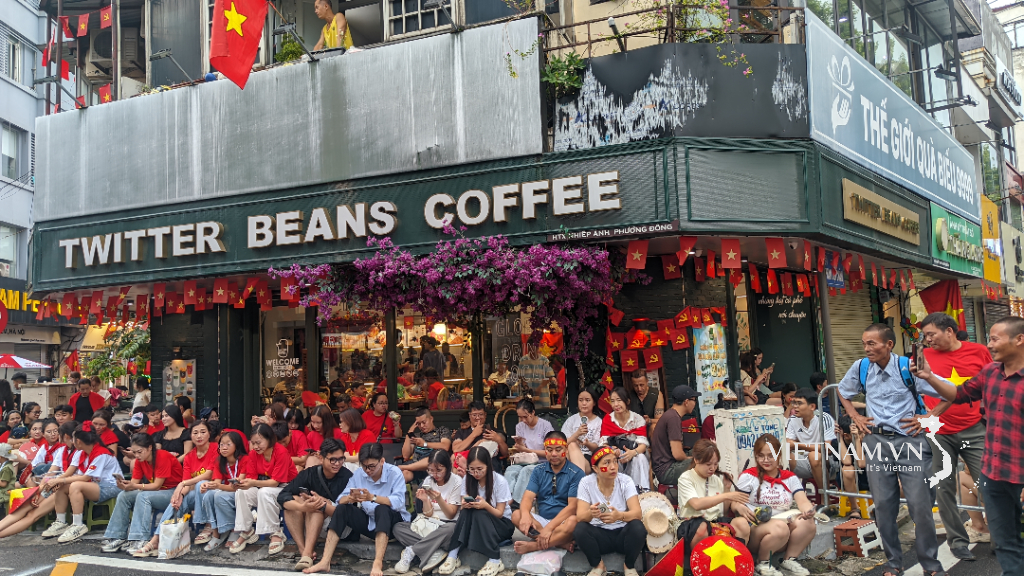

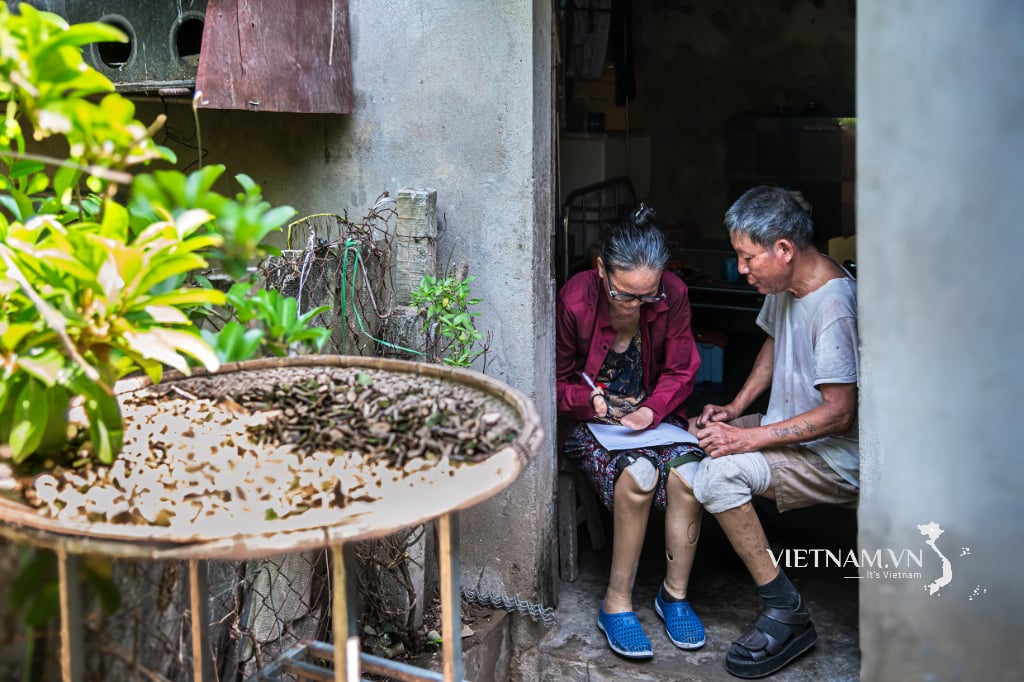
Comment (0)